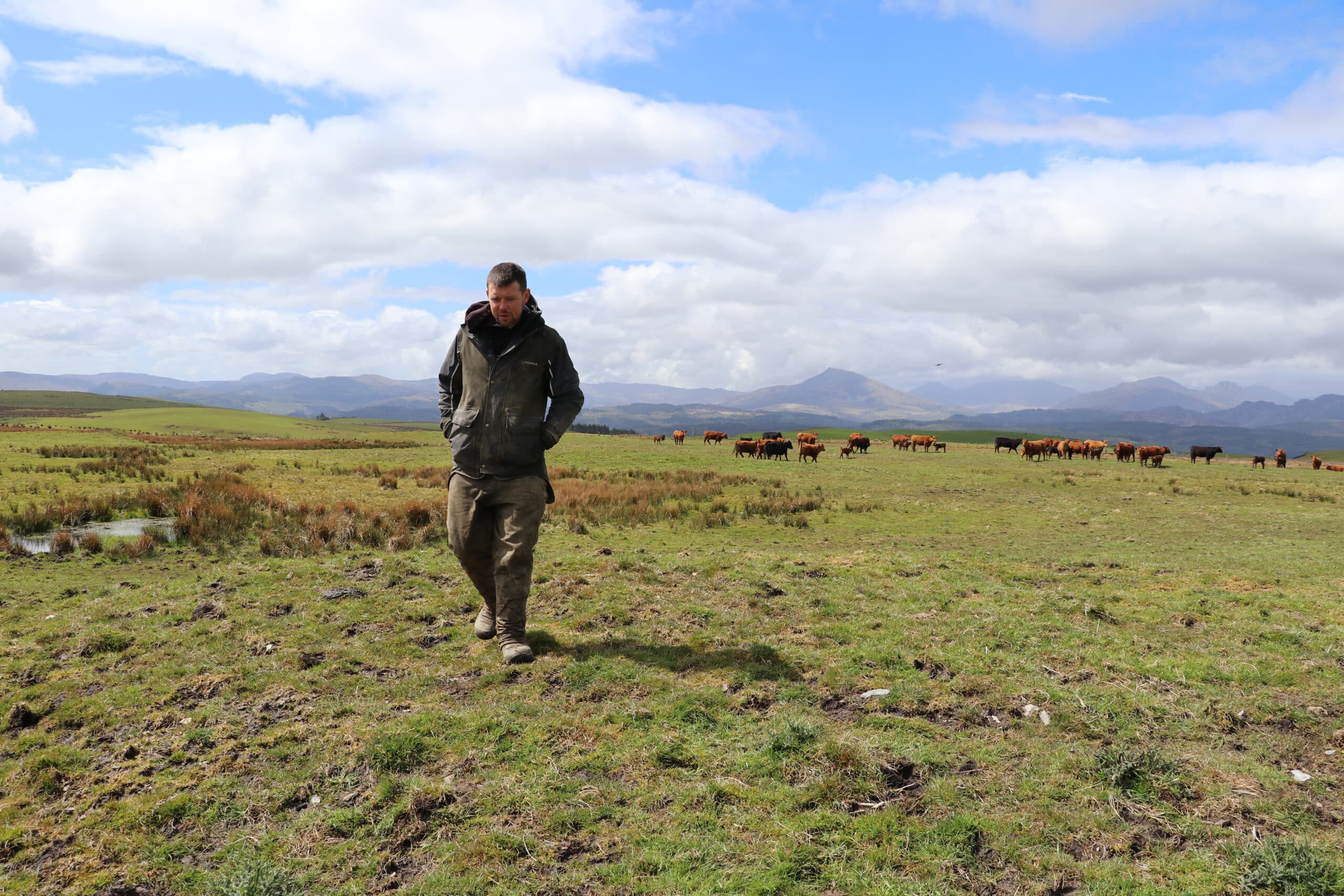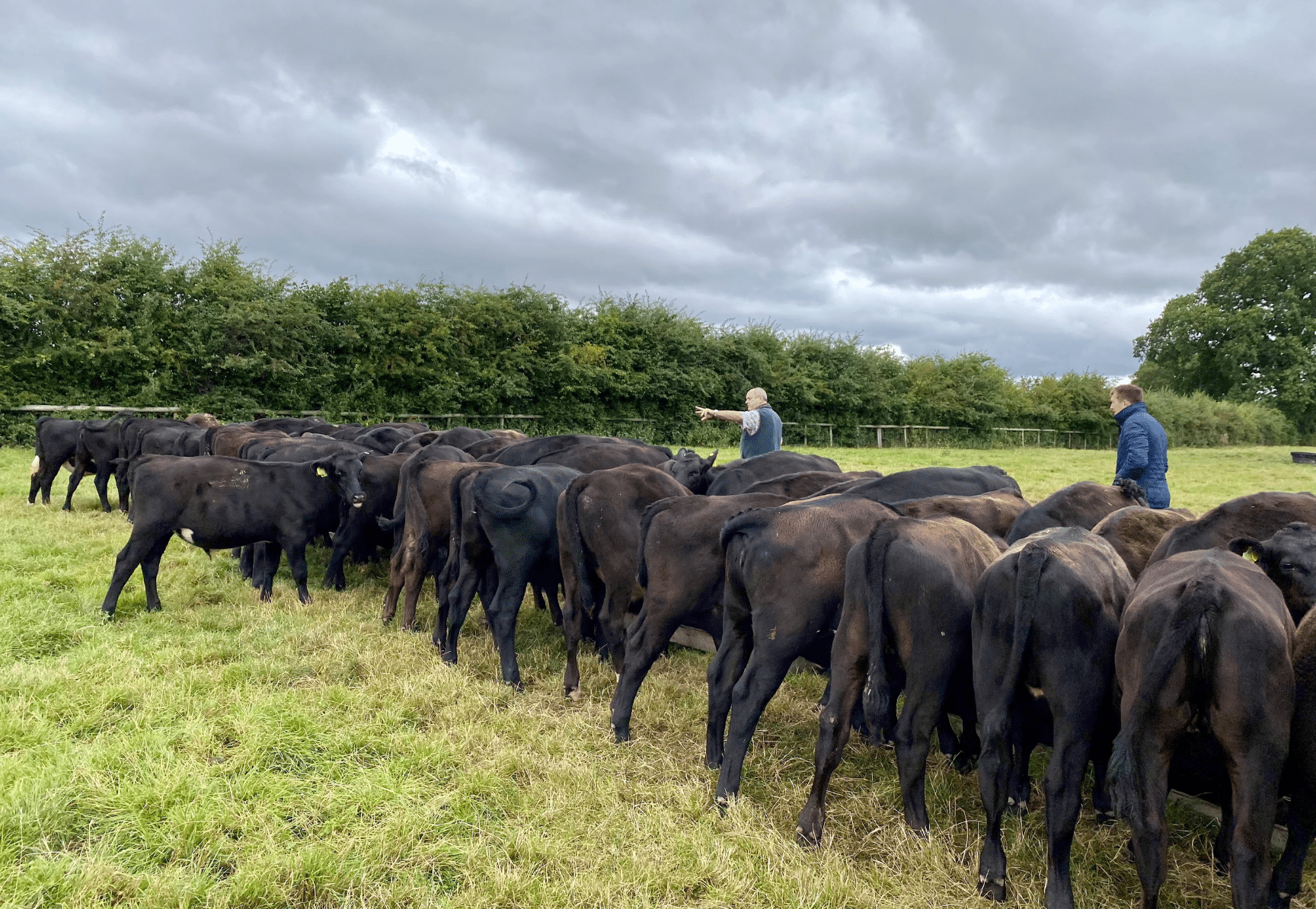5 Questions about selling meat direct to consumers

In AgriWebb’s recent State of the Global Farmer Report, one emerging trend became clear. Across the US, ranchers are exploring direct-to-consumer marketing. With packer consolidation a concern, it provides the opportunity to wrest back control of the supply chain. But as we found in our Beef Marketing Innovation Webinar, it’s not without its challenges. Before you jump into the deep end, here are some questions you should be asking yourself to determine if including a direct-to-consumer marketing strategy is right for you.
Do I have time for this?
It’s a simple question but one of the most important to consider. The ranchers who spoke to AgriWebb found a lot of satisfaction from selling to consumers but were at pains to explain the commitment it called for.
Brandi Buzzard Frobose, from High Bar Cattle Company in Kansas, says, “I do most of the marketing of our freezer beef and talking to people about where the beef comes from really lights my fire, but it takes so much time.
“If you have a cow-calf operation, and are marketing freezer beef alongside, it takes up a lot of time for only 10 to 15% of your business. So if you’re going to do it, you really need to be invested and recognize there is that time commitment.”
How will I market my product?
To grow your business, you need to know what potential customers want. It may be a relationship with the ranchers who produce their food, or they could be more concerned with how you raise your animals.
Jaclyn Wilson, who raises cattle on the Flying Diamond Ranch in Nebraska, believes customers buying beef from ranchers value transparency. “They’re going to be asking more and more questions – “Is this what you say it is? Is this antibiotic-free? Does this not have any growth promotants.’ That’s something that we have to be prepared to answer.”
Once you identify your niche, an online presence is valuable for connecting with customers. “My belief is that any operation that is selling cattle and wants to sell outside of their home location should have a website and a Facebook page,” Brandi says. “I live a little over an hour from Kansas City, and I get calls from Kansas City because I have a website.” Brandi also recommends joining Facebook groups that connect consumers with producers, as well as online databases or lists of direct-to-consumer ranchers.
Do I need to manage my herd and operation differently?
If you decide to keep calves until they reach slaughter weight, you’ll need to plan for an increased demand for forage. And if you want a steady supply of cattle all year round, it will call for even more considered management changes.
On the plus side, direct-to-consumer marketing can help you better understand your end product and create a more efficient operation. Jaclyn’s drive to deliver a superior eating experience has seen her conduct genomic testing with NeoGen, to identify which cattle produce the most tender beef. “I need to know more about what’s ‘under the skin’ in order to be successful in what I’m trying to market,” she says.
Jaclyn has gained insights into how her cattle perform through the feedlotting process. “I’m having great success without doing another re-vax program or implants before going into a feedlot,” she says. She’s also discovered she gets a better yield when she finishes cattle out at around 1400 pounds rather than 1600.
Have I found the right processor?
While sending your cattle to the nearest packer would be convenient, that may not offer the best service. Try to find a USDA inspected processing plant if you want to sell your product across state lines, and ensure they have high-quality vacuum packaging. As Jaclyn points out, “We do a heck of a job to raise that animal and get it to harvest, but then all it takes is somebody missing a vac-pack seal, and it ruins all the hard work we did.”
It’s worth seeing the plant in operation and deciding if you and your customers would approve of the processing. You also want to know that skilled meat cutters get the optimum yield from your cattle.
How will I get my product to my customer?
One of the biggest challenges of offering a ranch-to-table experience is actually getting your beef on your customer’s table. Direct-to-customer marketing doesn’t get rid of the supply chain – it means you are responsible for it.
If you sell beef by the side, it can be easiest to have customers pick it up directly from the processor. Home-delivered beef is the most attractive option for consumers but is obviously the most costly. An in-between option is selling at farmers markets or using a drop-off point to deliver to a number of clients at once.
“Shipping is definitely a challenge,” Jaclyn says. “We have set shipping days and try to abide by those, so people know we’re not gonna ship as soon as you put an order in – because we were chasing our tails there for a while.”
The Flying Diamond Ranch has also gained more control over logistics by investing in on-site freezer storage. “It has increased our efficiency tenfold to have all that product here on the ranch,” Jaclyn says.



